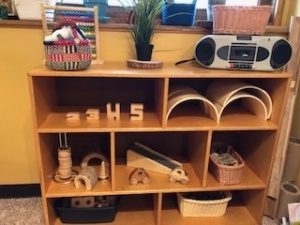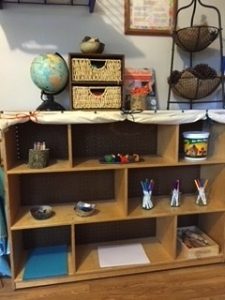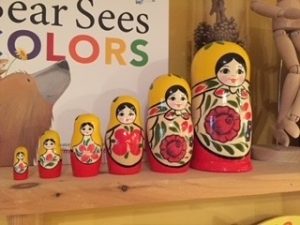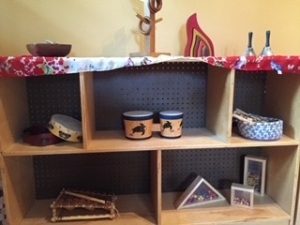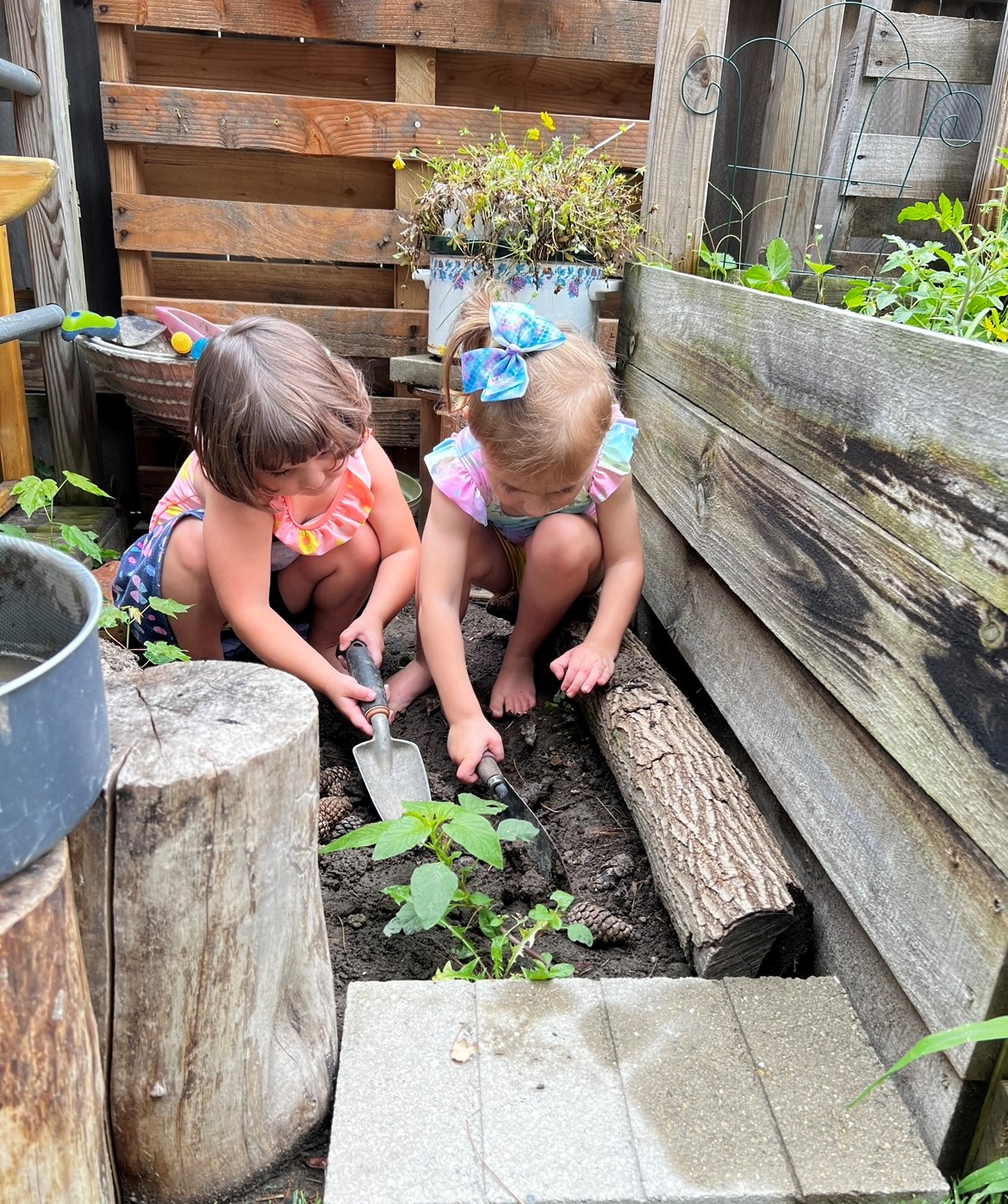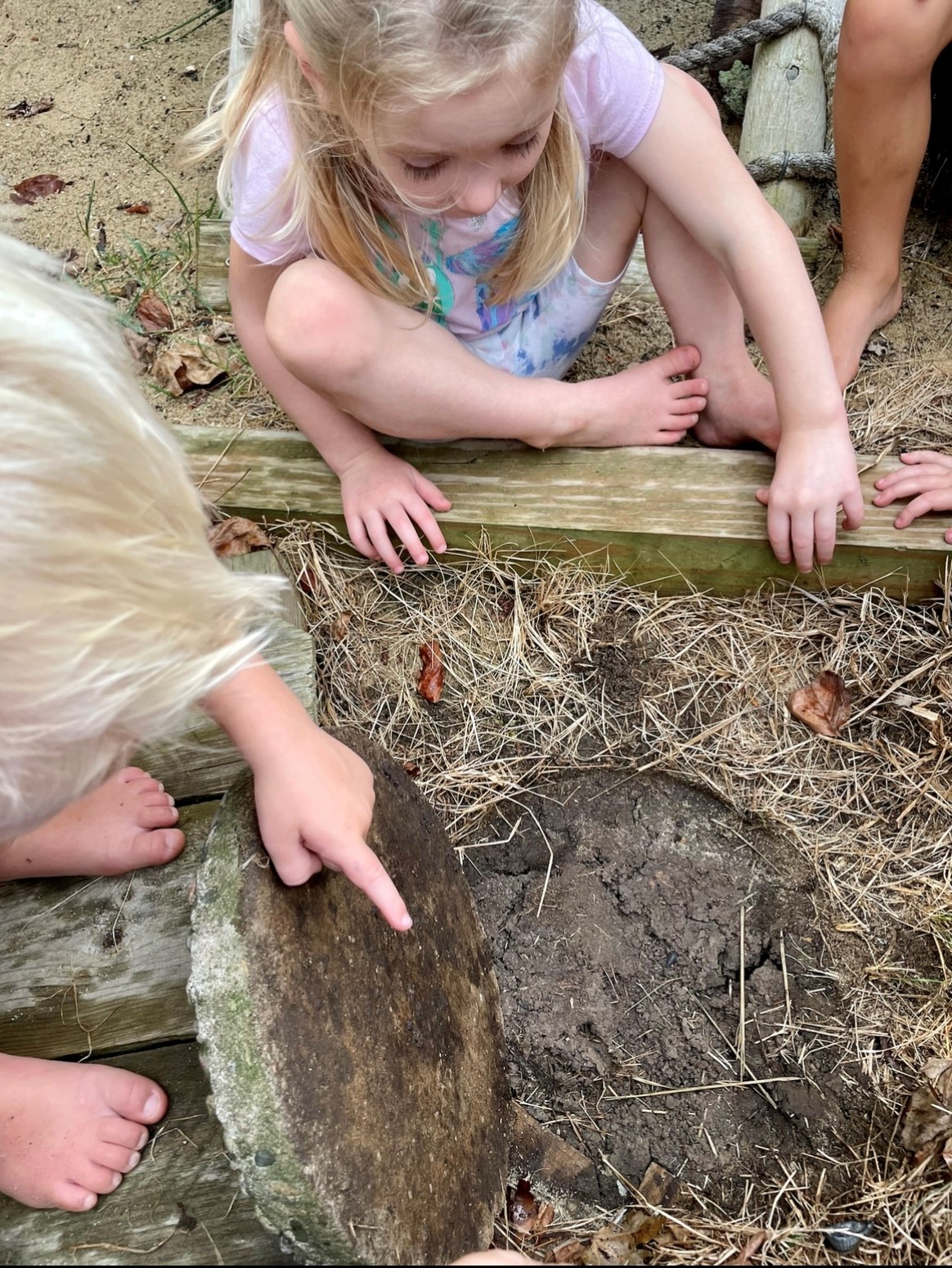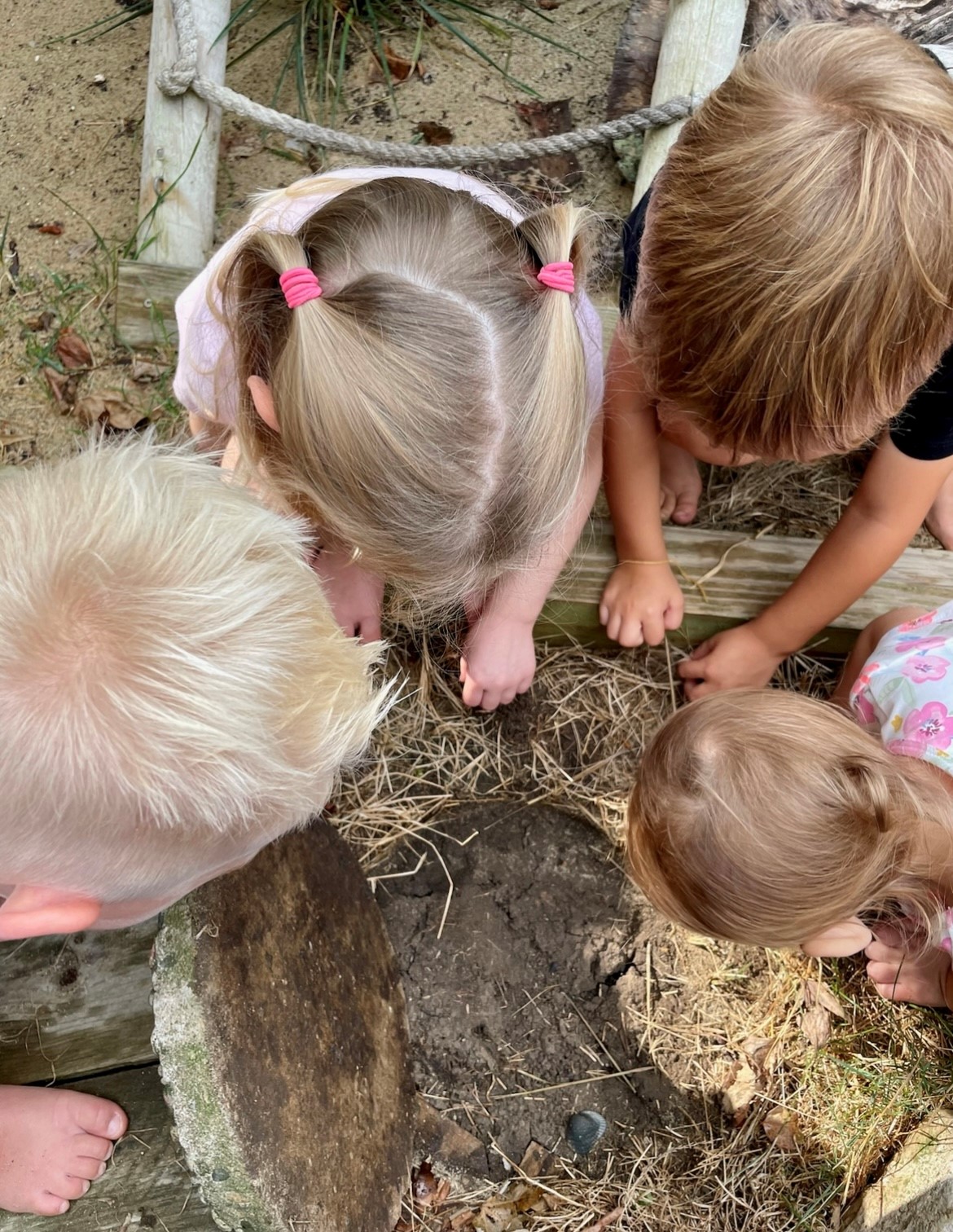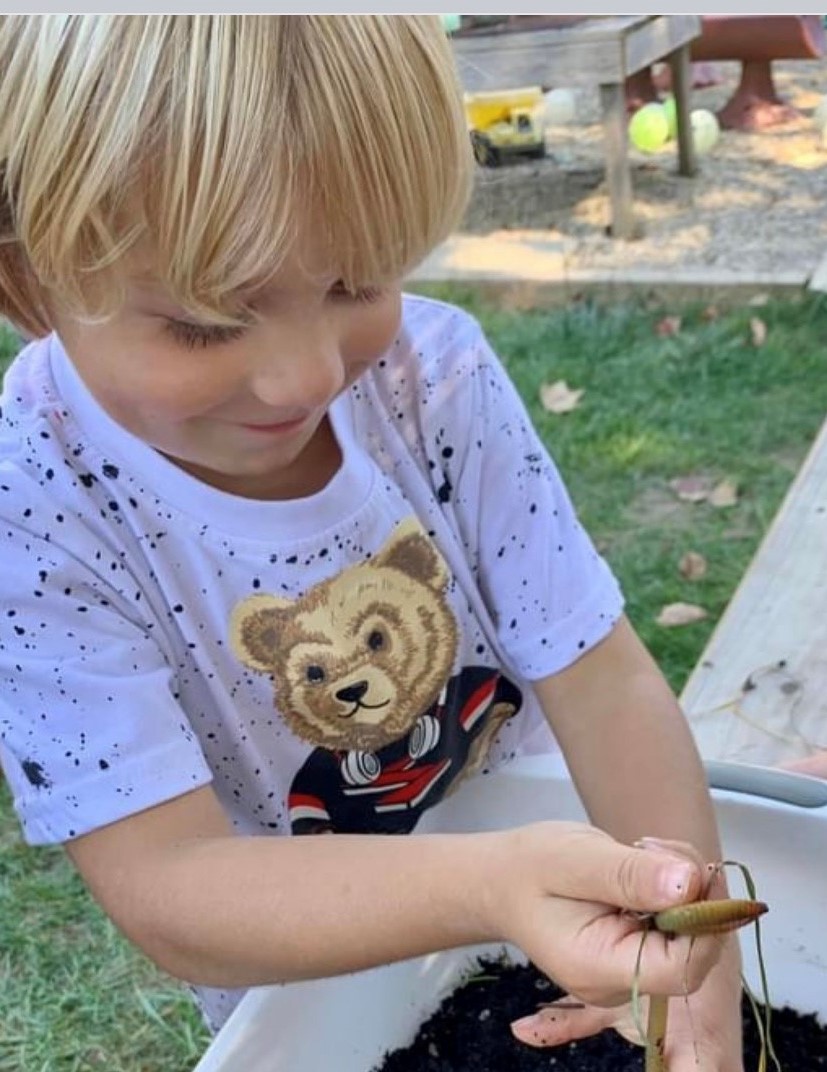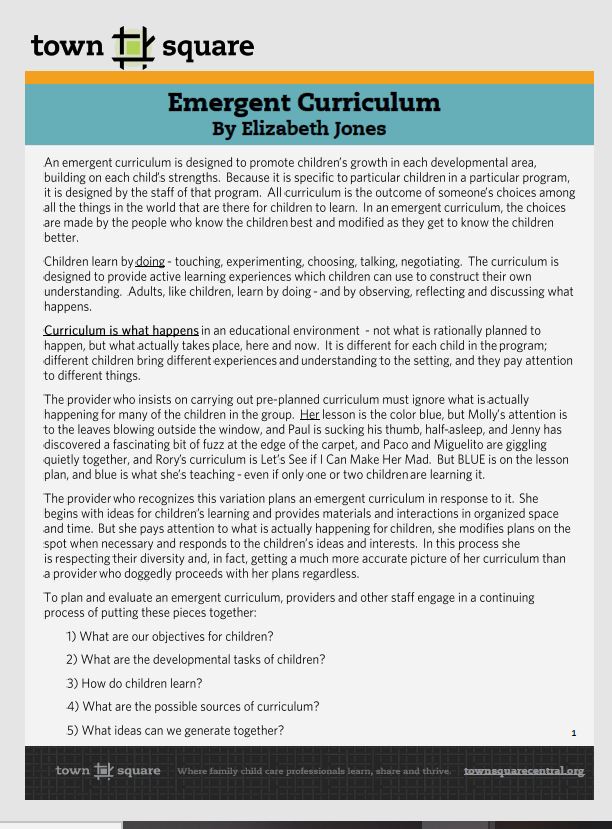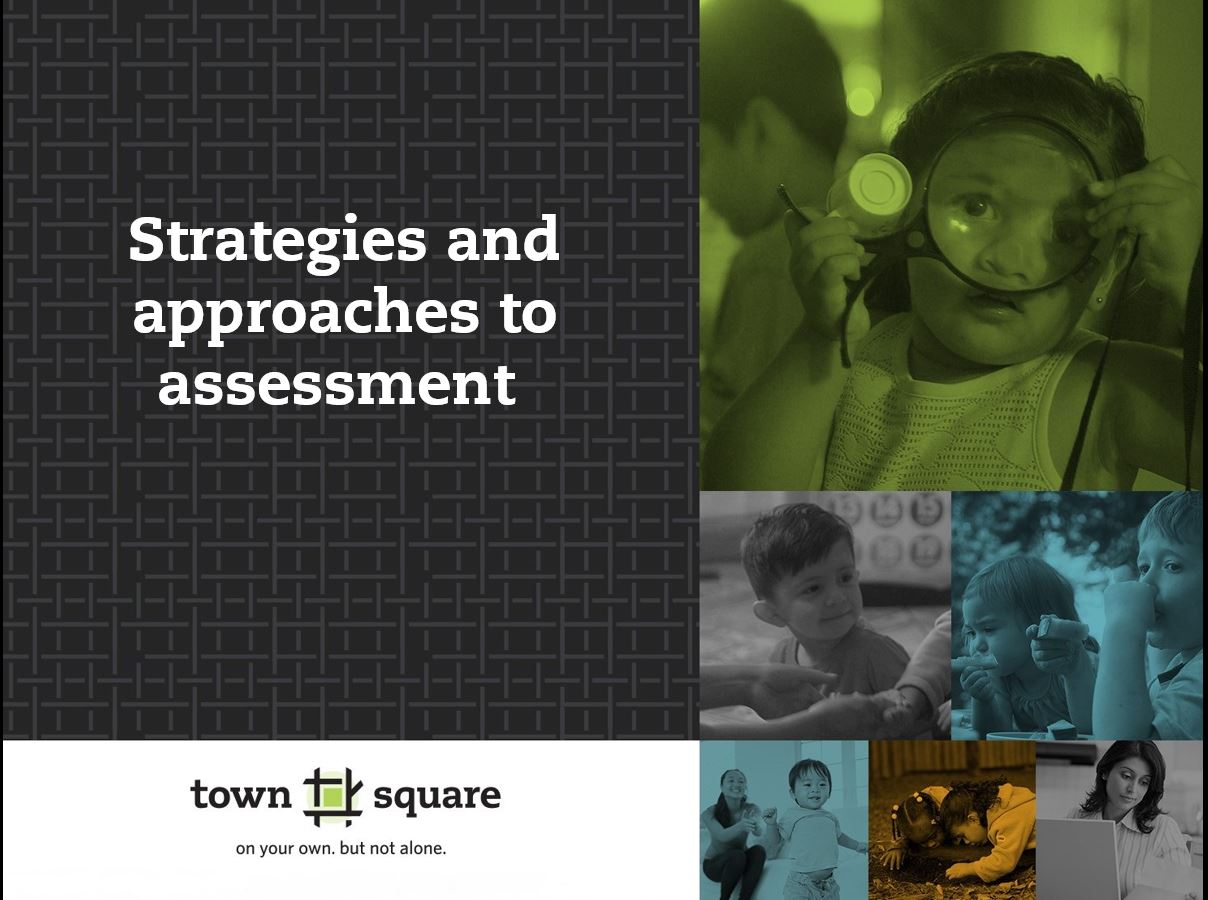Observation is a core piece of the assessment process and continuous quality improvement (CQI) planning. ECE professionals use observation to document a child’s learning and to inform teaching practices. But another reason for observation is to spark learning and development.
Interactions come first
Research shows that young children’s learning occurs best within relationships and with rich interactions. Children need stimulating and focused interactions to learn. Researchers find that boosting children’s thinking skills through quality interactions is critical to children’s learning.
“Children benefit most when teachers engage in stimulating interactions that support learning and are emotionally supportive. Interactions that help children acquire new knowledge and skills provide input to children, elicit verbal responses and reactions from them, and foster engagement in and enjoyment of learning.” (Yoshikawa et al. 2013)
Quality interactions happen when a teacher intentionally plans and carefully thinks about how she approaches and responds to children. Emotionally supportive interactions help children develop a strong sense of well-being and security. Responsive interactions are responses and communication with children that meet their needs in the moment.
Most interactions with children offer ECE professionals the opportunity to engage, interact, instruct, and exchange information that supports healthy development and learning. Relationships between children and teachers grow stronger during everyday interactions. As children gain new information and ideas, ECE professionals can encourage them to share what they think and learn. Deeper thinking and learning engage children in the joy of learning and help to prepare children for new experiences and challenges.
Observation nurtures relationships and learning
Observation helps ECE professionals look at their interactions with children, and discover how important interactions are as they get to know and support children. Observation is a way to connect with children, to discover their connections to others and to their environment. Children who feel cared for, safe, and secure interact with others and engage in their world to learn. They are more likely to gain skills, and to do better as they enter school.
Use observation for an objective view of a child. When you really see the child, you get to know her and see more of her abilities, interests, and personal characteristics. Knowing each child helps you to plan individualized and developmentally informed activities. Look at what the child does and says without evaluating or labeling.
Find ways to build each child’s self-confidence. Reinforce success and effort. He may not be successful in all things but he can learn from failure as well as success. Encourage persistence, curiosity, taking on challenges, and trying new things.
Strengthen relationships as you learn more about the child. Talk to her about what she likes, and discuss shared interests to connect with her. Take her moods and approaches to situations into consideration, and let her know that you understand her perspective.
Observe to engage a child with you, other children, and the learning environment. Set up the environment with activities and materials that appeal to him, address his individual needs, and support his development.
Reflect on observations to assess each child’s progress, understand her needs and personality, improve teaching practices, and plan curriculum. Put ideas into practice to enhance learning and relationships.
Verify questions and concerns about a child. Talk to families and staff about him. Follow up if development or behavior is not typical.
Be aware of the quality of interactions with each child. Step back and consider how and why you and other staff interact with her. Do all interactions nurture relationships and learning?
Make tweaks, or small changes, while observing and afterwards. If something doesn’t work, try another approach or activity instead of “pushing through” with plans. Reflect on why something didn’t work, brainstorm ways to improve activities, and think of new activities to try.
Use information from observations to inform program practices and policies. Take a broad look at how the program supports all children and learning. Use the information for CQI plans.
Make observation an ongoing practice, a part of all interactions and activities, and watch for small changes and individual traits. Ongoing observation offers a chance to be proactive, to prevent problems.
Take notes, either during activities or shortly afterwards. It is easy to forget the quick “aha” moments when you are busy with teaching and care tasks, not to mention all the unplanned interruptions that pop up! Notes also make it easier to identify patterns and growth.
Interaction, relationships, and connections offer the deepest support to learning. Observation connects many pieces of information to give ECE professionals a better picture of each child. Observation is an ongoing, integral part of a quality ECE program, and professionals play an important part.

